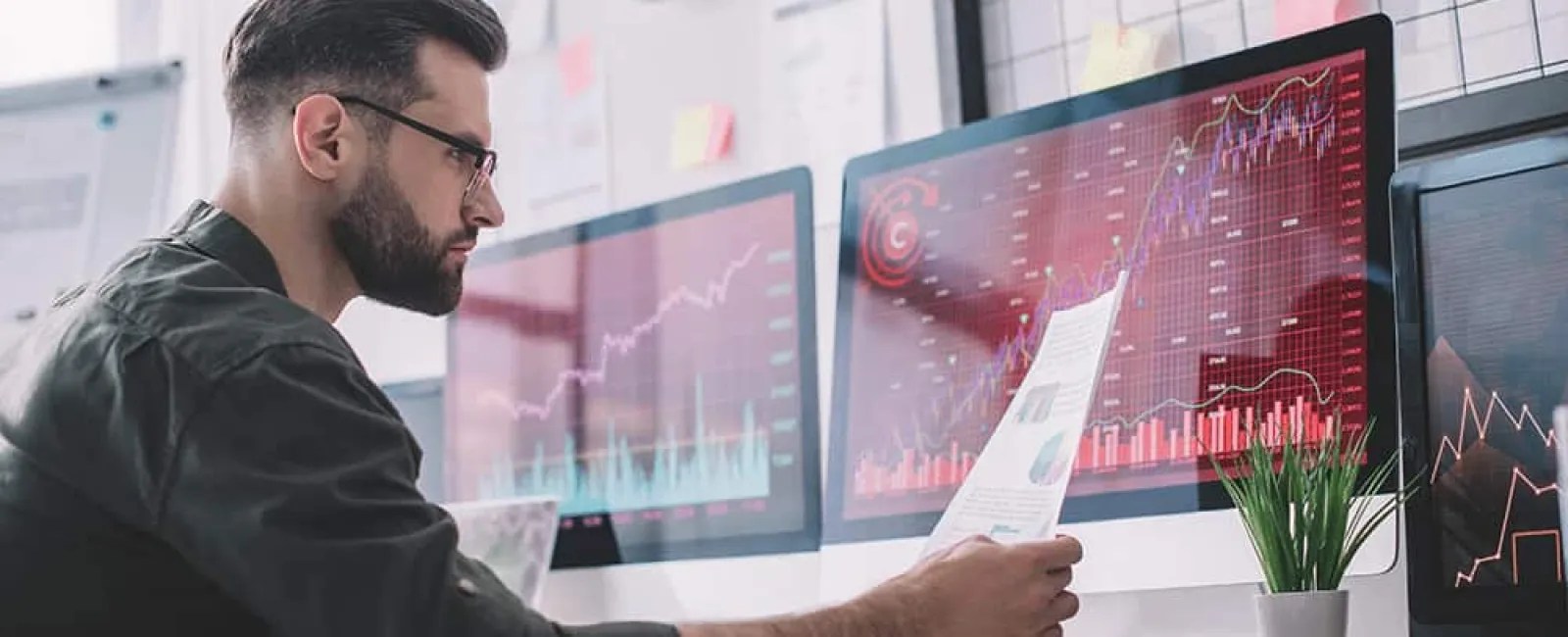[Approx. 5 minutes reading time]
When it comes to cybersecurity, the best way to protect yourself is to be proactive.
It's much more effective to put your company in a position to defend itself before the threat arrives, rather than trying to put the genie back in the bottle once it has gotten out.
This is where vulnerability management comes in.
The core idea of vulnerability management is that you put in place a continual evaluation of your current systems, their weak points, and robust plans for dealing with threats of all kinds.
When you do this well, you can rest easy, knowing that you've done all you can to prepare yourself for the inevitable cybersecurity challenges that will come up.
With all this being said, a lot of companies miss a few key principles when putting in place their vulnerability management plans.
In this article, we're going to run through our Top 5 Recommendations, so that your organization doesn't make the same mistakes.
- Ensure you have an accurate and up-to-date inventory list
- Test each asset and device regularly and comprehensively
- Create clear, priority-based reports for management and key stakeholders
- Work diligently to fix any vulnerabilities identified
- Verify that the entire process has been completed up to standard
1. Ensure that you have an accurate and up-to-date inventory list.
Vulnerability management is only useful if you're evaluating every device and network node in your organization.
Without full coverage, you're going to leave holes in the system, and that's when you are at risk.
Therefore, it's crucial that you have a list of every asset and device in your company, along with a risk priority, access rights, and any other information that is going to help you evaluate the potential vulnerabilities[1].
This list should be continually updated so that it always reflects the current state of the company.
It might sound tedious, but this sort of administrative rigor is extremely powerful for making sure that you cover all your bases.

2. Test each asset and device regularly and comprehensively.
If we now zoom down to the individual device level, we want to make sure that all our testing is systematic and comprehensive[2].
There should be very clear procedures about the types of evaluations being performed, how the data is being collected, and then how that data is processed in a way that can be analyzed.
It's all about the details here because you want to squeeze as much value as possible out of this exercise.
By standardizing the processes and performing them on a regular basis, you can make sure that every device and asset in your organization has been thoroughly assessed and that any red flags are passed on to the next stage of the vulnerability management lifecycle.
3. Create clear, priority-based reports for management and key stakeholders.
Once you've done all these evaluations, you don't want to lose the key insights or let anything slip through the cracks.
So, it's very important that you translate the key data and results from the vulnerability management assessments into a format that is clearly articulated and easy to understand for the key decision-makers.
Some of these people may not be completely technical, and so you want to describe things as simply as possible to illustrate the potential weaknesses that might be present.
Along with the key information, you also want to present action steps for how to move forward, as well as a priority level so that resources can be deployed as efficiently as possible[3].
Lots of companies don't get this part right and the whole process loses steam.
Communication of these results is crucial and is one of the most underrated principles when it comes to the vulnerability management lifecycle.

4. Work diligently to fix any vulnerabilities identified.
The next stage of the process is to action those reports and do the work required to fix any parts of your system that are potentially vulnerable to cybersecurity threats.
Ideally, you should assign specific tasks to the relevant parties and create accountability so that nothing falls through the cracks.
Whether it's upgrades, patches, fixes, or other tasks - you should manage these as you would any other project, so that you can get ahead of them and not let other work push them out of the way.
Going hand in hand with this is the fact that time and resources need to be budgeted for this work.
This is not something that you can afford to de-prioritize, so make sure that you have this piece of it accounted for in your monthly planning and budgets[4].
That's the sort of proactive work that can save you a lot over the long term.
5. Verify that the entire process has been completed up to standard.
The last stage is to do a post-mortem audit[5] on the entire vulnerability management lifecycle, to make sure that each step was completed as required, and that you have achieved the results that you needed to accomplish.
Work through things systematically and check back in with all the key players to ensure that there were no obstacles along the way.
Often this verification will draw attention to things that might not have been picked up in the end report and you can then take that information forward to make things more efficient for next time.
Conclusion
These principles are not the sort of thing that most companies talk about, but they're key components of having a well-functioning vulnerability management system that provides proactive protection against the wide range of cybersecurity threats.
This is a continuously moving field and so the more stable and robust this lifecycle is, the better your company is going to perform.
If you're looking for some professional assistance in this regard, Continuous Networks is here to help.
We offer a cybersecurity solution that can be leveraged to bring this rigor and management into your organization - without you having to hire subject matter experts internally.
Our team has vast experience in the field and can help you ensure that your company is ahead of the curve and protecting itself as best as it can.
If you need to get the RIGHT advice on a more effective Cybersecurity strategy, book a Continuous THREAT CHECK with our team by clicking the button below.
References
[1] 'Why Is An Asset Inventory Important for Security?' by Kyle Bork. https://www.triaxiomsecurity.com/why-is-an-asset-inventory-important-for-security/
[2] 'The Five Stages of Vulnerability Management' from Ascend Technologies. https://blog.teamascend.com/stages-of-vulnerability-management
[3] 'Vulnerability Prioritization: Are You Getting It Right?' by David Habusha. https://www.darkreading.com/vulnerability-management/vulnerability-prioritization-are-you-getting-it-right-
[4] 'Three Approaches to Setting Cybersecurity Budgets' from Cipher. https://cipher.com/blog/three-approaches-to-setting-cyber-security-budgets/
[5] 'Attributes of a Robust Vulnerability Management Plan' from Avertium. https://www.avertium.com/attributes-of-a-robust-vulnerability-management-program/




